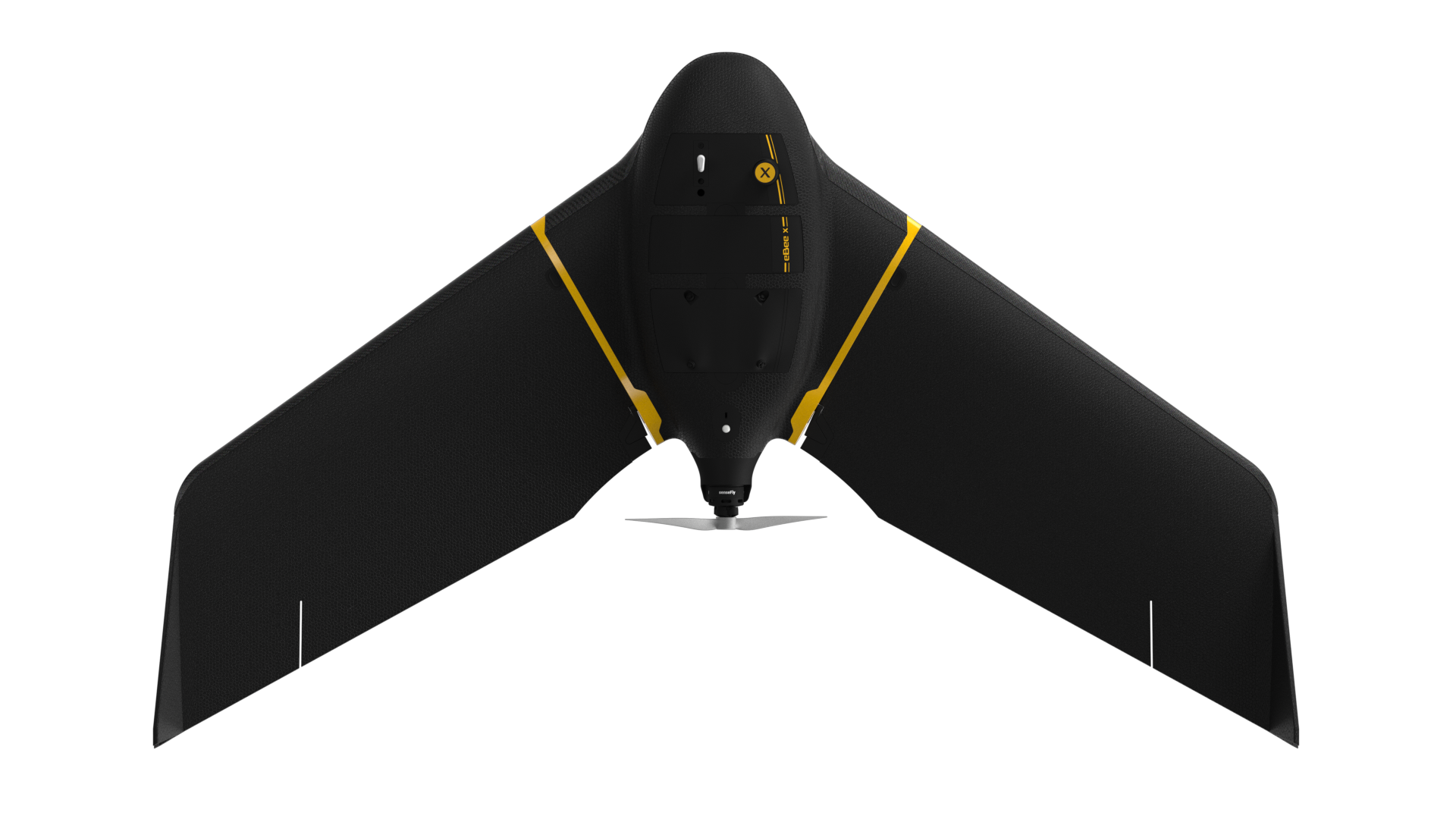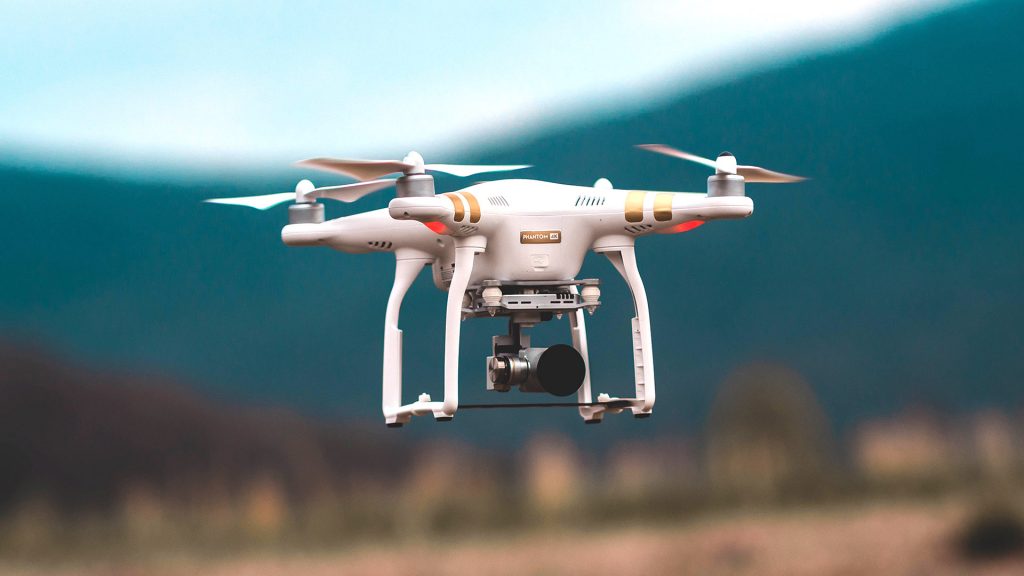A drone is a remote-controlled aerial vehicle controlled only by a system without a human on board. The areas of application are varied. The units are used in civilian and military industries, as well as in delivery services. The drones are useful for reconnaissance and missile strikes.
In addition, drones help monitor air pollution and radioactivity and perform delivery of medical equipment and related devices to the sites of emergencies. In addition, small drones can be offered as toys for children from 5 years old. Of course, under adult supervision.
Multi-rotor drones (multi-copters)
These are the most common versions of drones used both by amateurs and professionals. The device is made as a platform with propellers. There are different kinds depending on the number of propellers – from three to twelve. A device with four-bladed engines is called a Quadcopter, with six – a Hexacopter, with eight – an Octocopter.
The modern application of multi-copters is very diverse: from toys, delivery of goods, and photo and video shooting to passenger and cargo vehicles and combat robots.
Octocopter
It sounds like something from a fantastic movie, but it is nothing more than an aerial vehicle with eight motors and propellers. Such a drone flies horizontally with respect to the earth’s surface and can also “freeze” over a specific location, moving in different directions over a short distance. In addition, the drone is able to maneuver around its axis by changing the thrust on each engine.
The scope of the market is diverse, including multi-rotor units for professional spheres, for example, aerial photography. The cost of such devices ranges from 400 to 3500 USD. There are also drones designed for entertainment and games, the price of which starts from 50 USD. These devices are the cheapest and easiest to use.
Fixed wing models
Drones of this modification differ structurally from their multi-rotor counterparts. To create lift and speed, they use a wing similar to standard airplanes. They do not hover in the air to prevent the negative effects of gravity. Drones follow a set course as long as they can move forward, taking into account the reserve of energy.
Most fixed-wing vehicles are equipped with gas engines. They are capable of moving without recharging for up to 16 hours. The devices are optimally suited for any long-range manipulation, including target engagement and mapping.

Single-rotor remote-controlled helicopter
These models of drones look very similar to real controllable helicopters. These modifications have a large leading propeller with an additional propeller on the tail. The second element serves to stabilization of the course during the flight. The drones fly longer compared to their analogs. They are equipped with internal combustion engines.
The aerodynamic principles imply that the fewer propellers the machine has, the better the stabilization of the object without unnecessary rotation. Quadcopters are a priori more stable in the air than octocopters. In this respect, single-rotor drones are the leaders.
The disadvantages of the described devices include the following points:
- design complexity;
- high operating costs;
- the need to train personnel to operate it;
- large dimensions of the blades, which poses a threat to the public due to the large area of impact during an accident or fall.
Hybrid models
Hybrid models combine the advantages of fixed-wing drones and propeller versions. They have more uninterrupted flight time and can hover over the object. The development of such drones has been underway since the 1960s, but their effectiveness became apparent after the emergence of modern gyroscopes and accelerometers.

